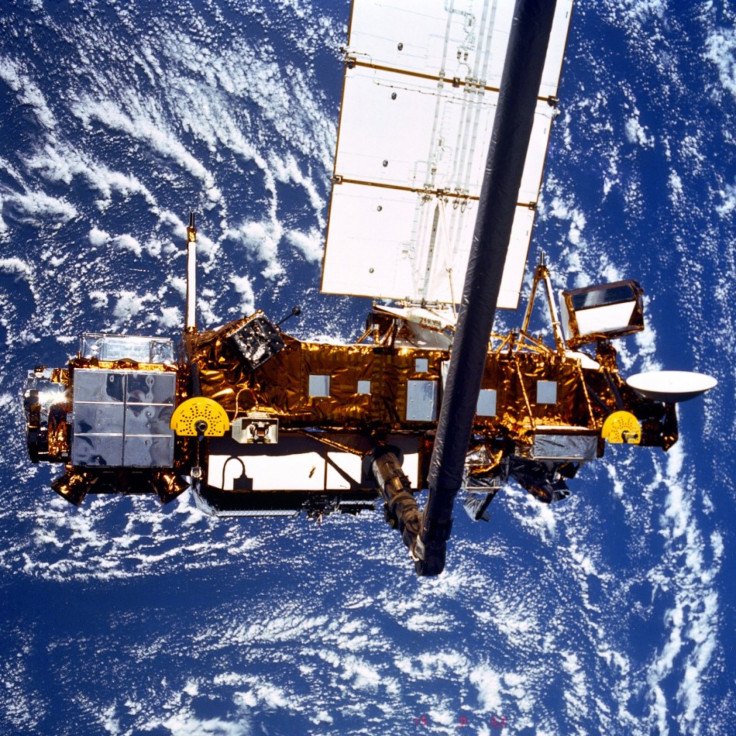U.S. Friday Forecast: Little Chance of Falling Satellite; Europe, Africa, Asia Face Highest Odds

The weather forecast for North America is a good one on Friday: Little chance of falling satellite debris.
That may seem like a lark, but it's not, since NASA's Upper Atmosphere Research Satellite, or UARS, will likely crash into Earth on Friday. The satellite is the size of a bus, and it's the biggest to make an uncontrolled re-entry into Earth's atmosphere in decades, NASA officials say.
The falling satellite is also likely to land somewhere in the populated world -- but it's not likely to land in North America. NASA's best estimate is that pieces from the falling UARS satellite will come down from between 57 degrees north and 57 degrees south of the equator.
NASA has assured U.S. citizens that they don't need to fear on Friday that pieces from the massive satellite will land like a bomb, saying, the satellite will not be passing over North America during that time period.
Odds are just 1-in-3,200 that falling satellite debris will hit a person on the ground, according to NASA and experts, but the possibility does exist. However, odds that you will get hit by debris are just 1-in-21 trillion, NASA said, since some 7 billion inhabit the Earth.
The satellite could land from Europe to Africa or Asia -- and it's anyone's best guess. It's just that NASA thinks North America is safe. Others around the world, however, will likely feel better when the crash-landing is over and done with.
NASA expects at least 26 large pieces of the defunct, bus-size Upper Atmospheric Research Satellite (UARS) to fall to the ground on Friday. The 6 1/2-ton NASA climate probe was launched in 1991 and shut down in 2005 after completing its mission.
Re-entry is expected Sept. 23, plus or minus a day, NASA said in a statement. The re-entry of UARS is advancing because of a sharp increase in solar activity since the beginning of this week.
A NASA spokesman told SPACE.com that the reason the UARS is expected to fall early in its re-entry window is due to a sharp rise in solar activity. Solar impact from the sun can yield an extra pull on satellites, NASA officials have said.
The debris is expected to fall in an area of Earth that's 500 miles long, NASA said, though the agency can't be certain. Forecasts suggest the debris will land somewhere between the latitudes of northern Canada and southern South America. But because the majority of the Earth's surface is covered in water, an ocean landing is most likely, experts have said.
Look at how much of Earth is covered with water, Victoria Samson, the Washington Office Director of the Secure World Foundation, told SPACE.com this week. There's a really good chance it's going to go straight into the ocean.
But NASA officials have told ABC News they won't know where the satellite will hit until two hours before it enters the Earth's atmosphere, moving at a speed of some five miles per second.
NASA scientists say the 26 different components identified as falling to the ground weigh in total mass more than 1,200 pounds. Many satellites have re-entered the atmosphere, landing on Earth over the years, yet to date nobody has been injured from falling debris said experts.
© Copyright IBTimes 2025. All rights reserved.





















